 |
 |
|||||||||||||||||||||
|
||||||||||||||||||||||
Black Storm-Petrel (Oceanodroma melania), Benson STP, Cochise County
This Black Storm-Petrel was
found by Bill Scott on 10 September 2016 and photographed by Pete Baum,
Jeremy Medina, Chris Rohrer, Laurens Halsey and Arlene
Ripley on 10 September 2016
Hurricane Newton formed roughly 220 mi southwest of Manzanillo, Colima, Mexico on 4 Sep 2016 and reached Arizona on 7 Sep 2016, bringing with it several notable species, including three species new to Arizona and one even new to the ABA area! This storm officially reached hurricane strength winds late on 5 Sep 2016 and reached peak intensity with wind speeds of 90 mph shortly before making landfall at Cabo San Lucas, Baja California Sur. Newton moved north and weakened over the Baja California Peninsula. The eyewall fell apart before it made a second landfall, after crossing the Gulf of California, near Bahia Kino, Sonora where it weakened to tropical storm status. Early afternoon on 7 Sep it crossed into Arizona in a weakened state. Despite the weakened state of the storm it managed to bring 5 species of “tubenoses” to Arizona, typically associated with stronger storms. Clearly we have a lot to learn about how hurricanes affect birds in our area! To see a track of the storm see here and to see windspeeds see here. For more information on the last tropical storm to bring tubenoses to Arizona, Nora, see here.
This was the only Black Storm-Petrel reported from
the hurricane (a large, all dark forked tail
storm-petrel was seen near Green Valley on 7 September
2016). Though it was found 3 days after the storm passed
the bird likely wandered until it found water to
rest.The species is common around Baja California and in
the Gulf of California. It has previously been brought
to the interior southwest after tropical storms
including the one prior record in Arizona. The only
prior record was on Lake Havasu after Nora (1997) when
~40 were found, 17 also made it to the Salton Sea,
California because of this storm. The Salton Sea has two
fall records that are not related to any tropical storm.
Overall large storm-petrel (in the field was
larger than adjacent Red-necked Phalaropes) with small
"tubes" on the bill, dark (overall plumage a dark
blackish-brown) with pale upper-wing bar that did not
include the primary coverts, tail moderately forked. The
large size, overall blackish plumage (vs browner plumage
of other species some of which have grayish sheen to the
head), paler less extensive upperwing bar, rounded head
and shallower tail fork rule out other likely potential
storm-petrels such as Leach's and Townsend's as well as
the less likely Markham's (occurs off southern west
Mexico) or other unlikely species.
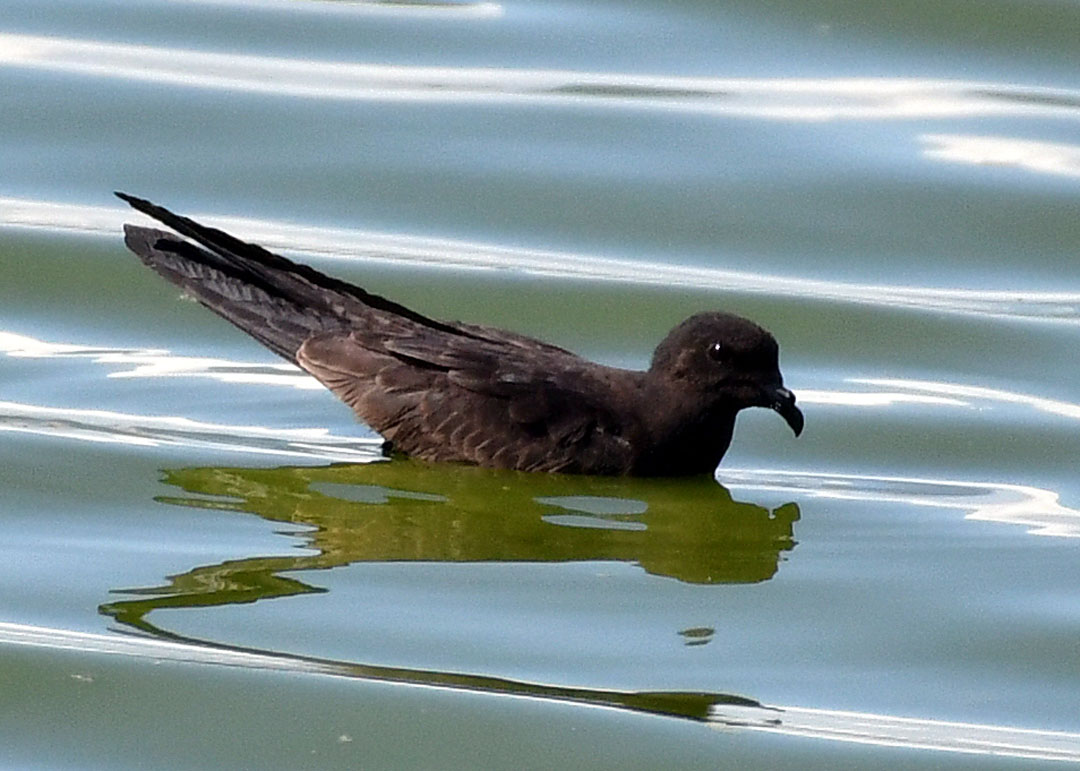
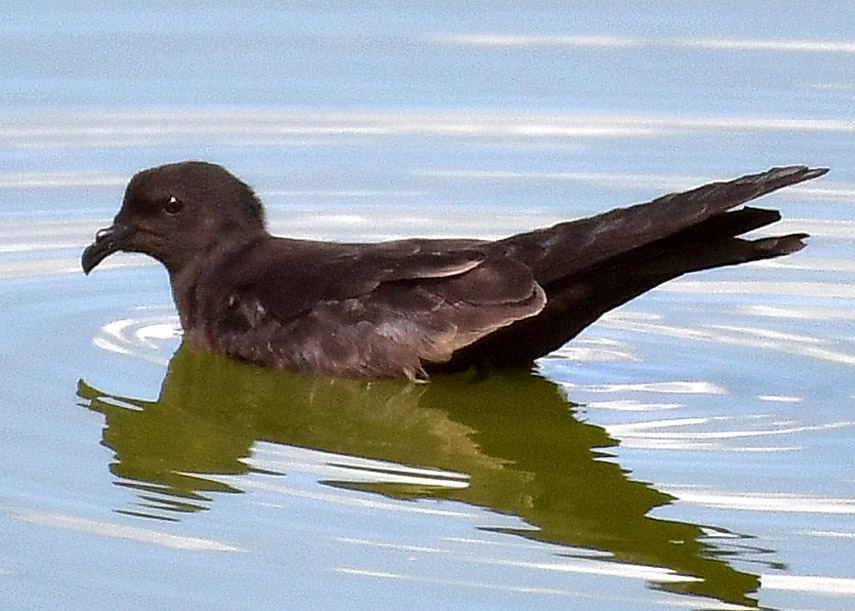
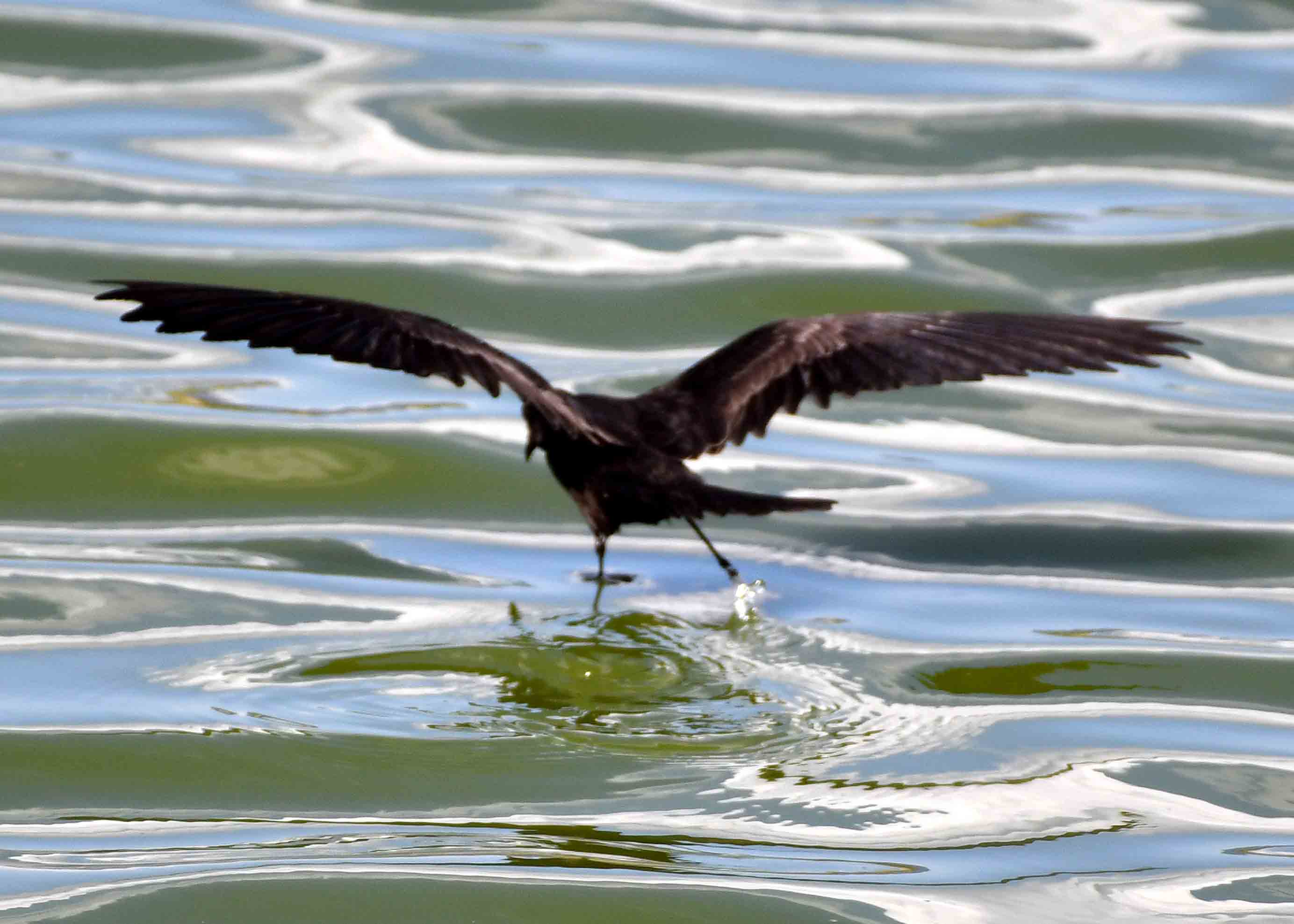
10 September 2016, photo by Pete Baum
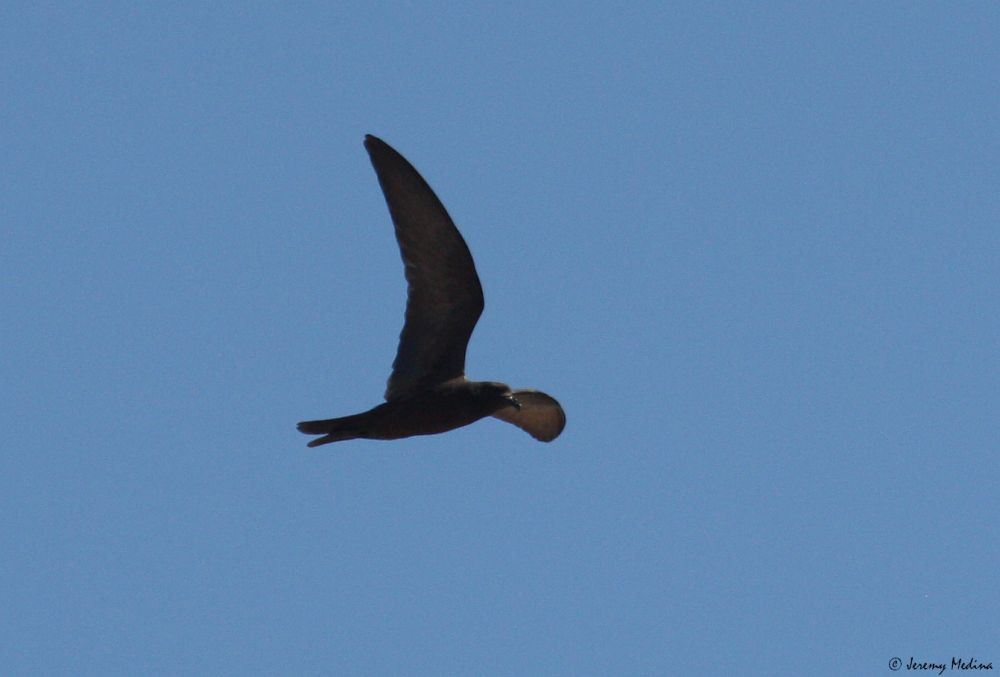

10 September 2016, photo by Jeremy Medina
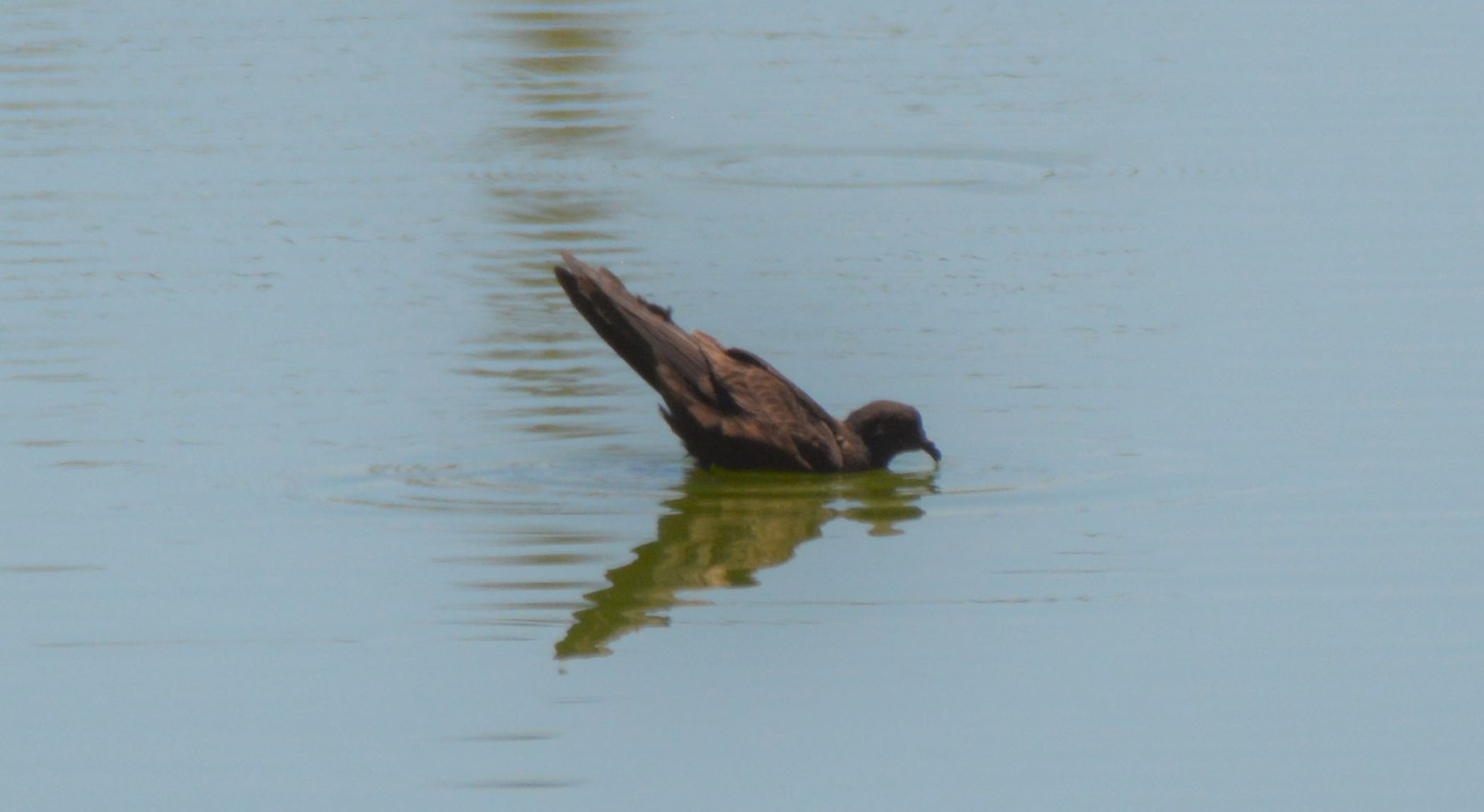
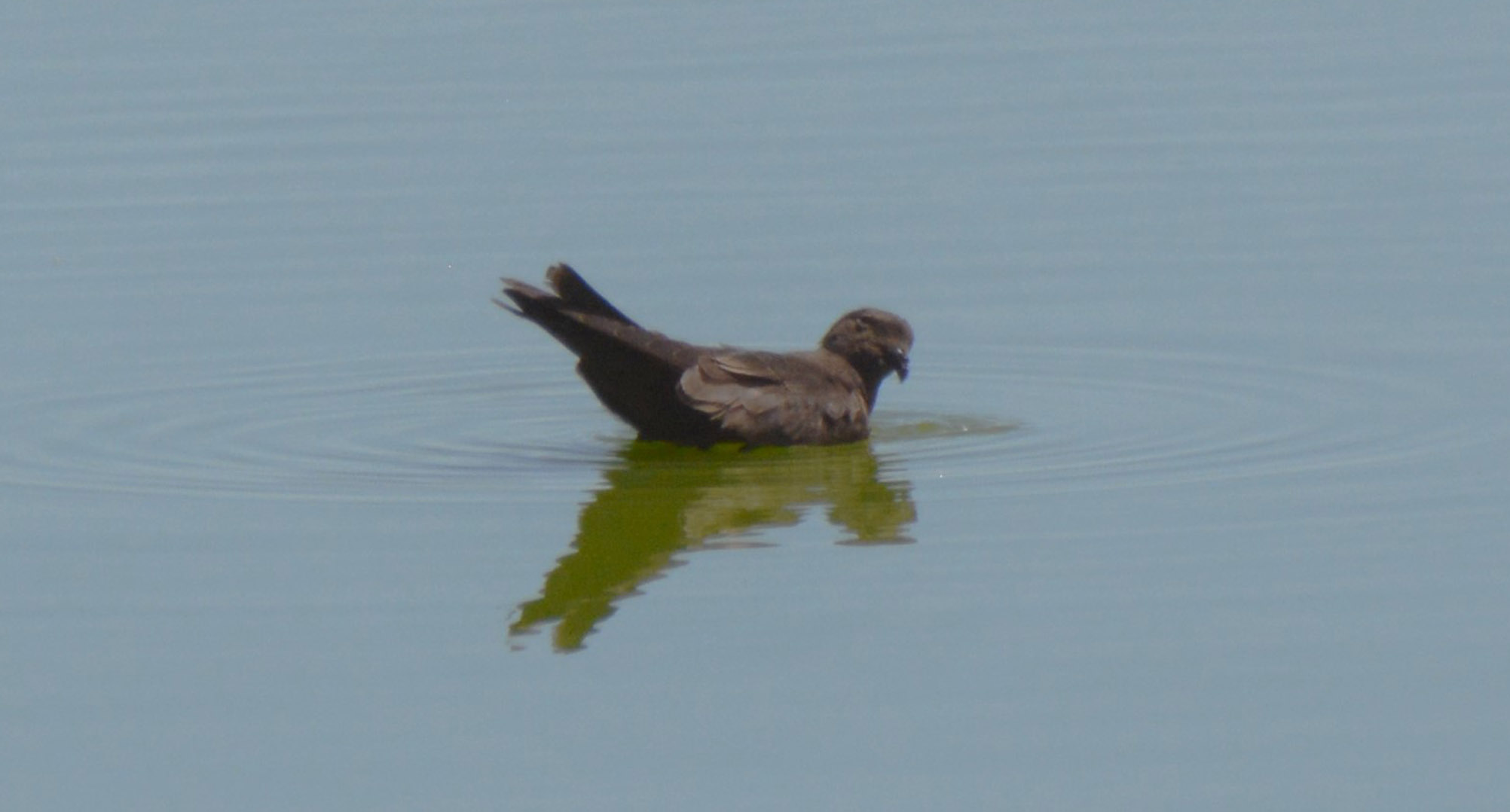

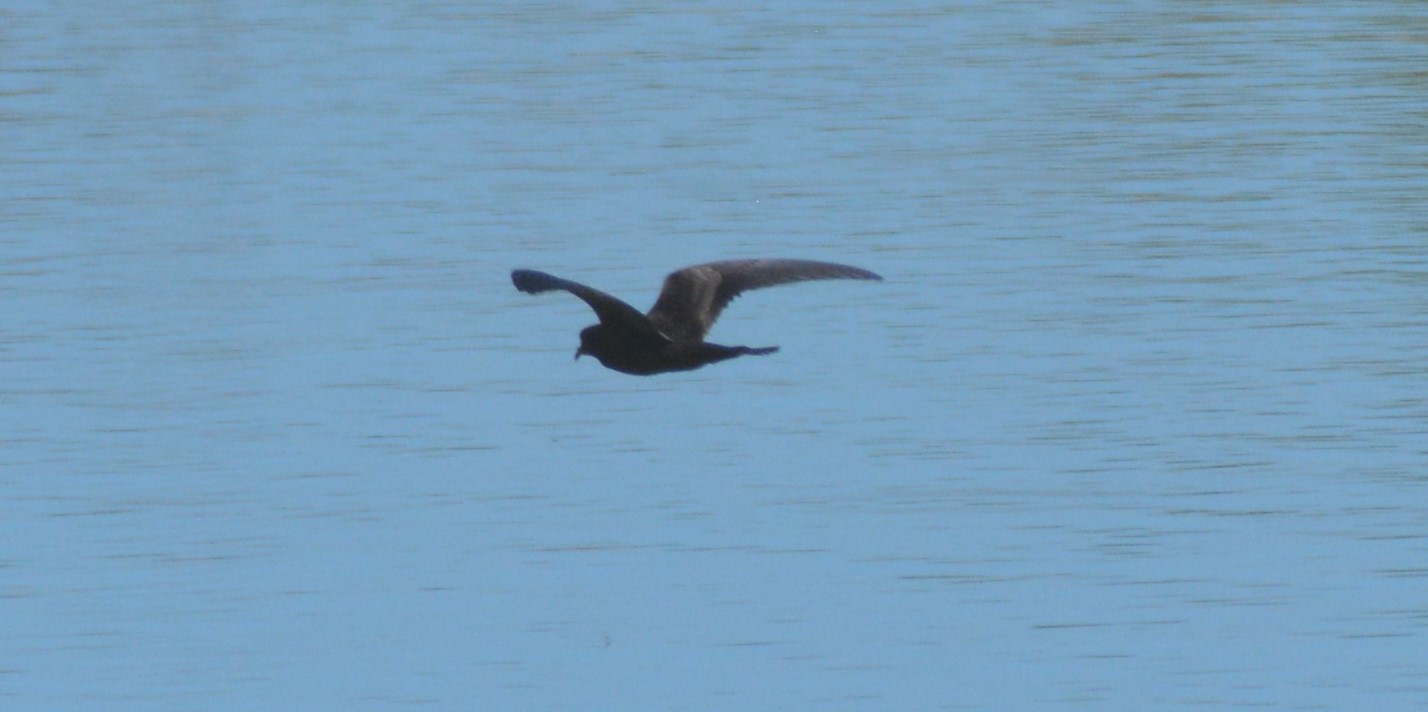
10 September 2016, photo by Chris Rohrer
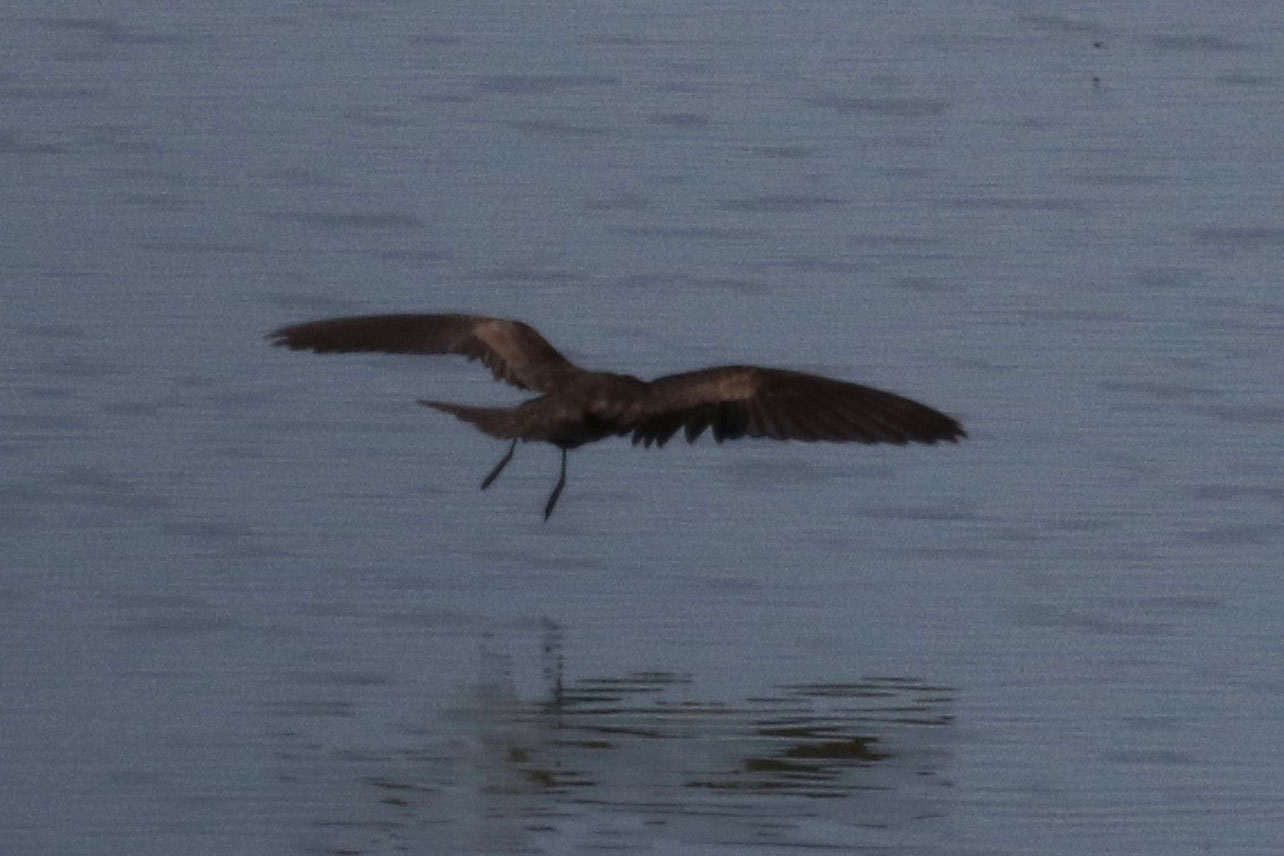

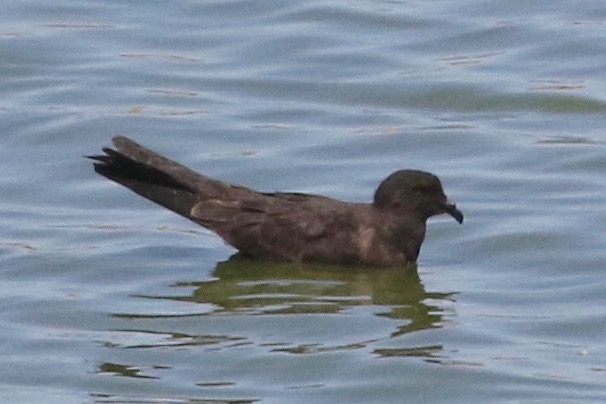
10 September 2016, photo by Laurens Halsey
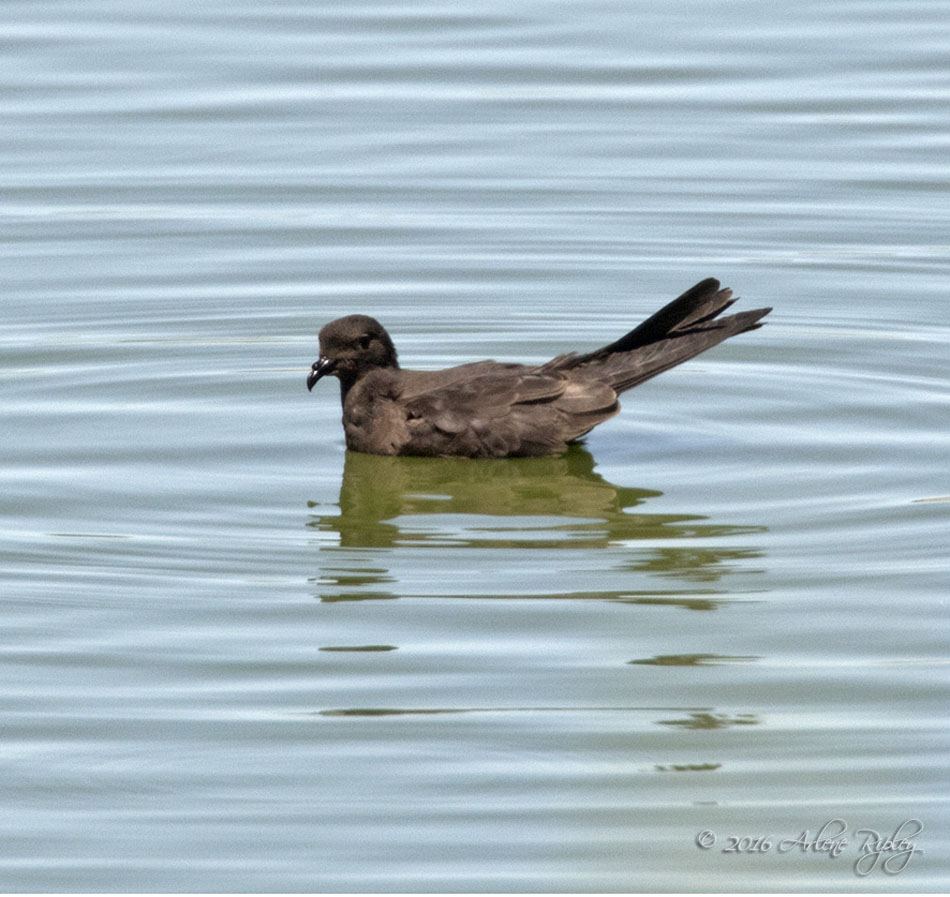
10 September 2016, photo by Arlene Ripley
All photos are copyrighted© by photographerSubmitted on 10 September 2016
|
©2005
|
HOME | | | REPORT SIGHTINGS | | | PHOTOS | | | BIRDING | | | JOURNAL | | | ABOUT US | | | CHECKLISTS | | | AZ BIRD COMMITTEE | | | EVENTS | | | LINKS |